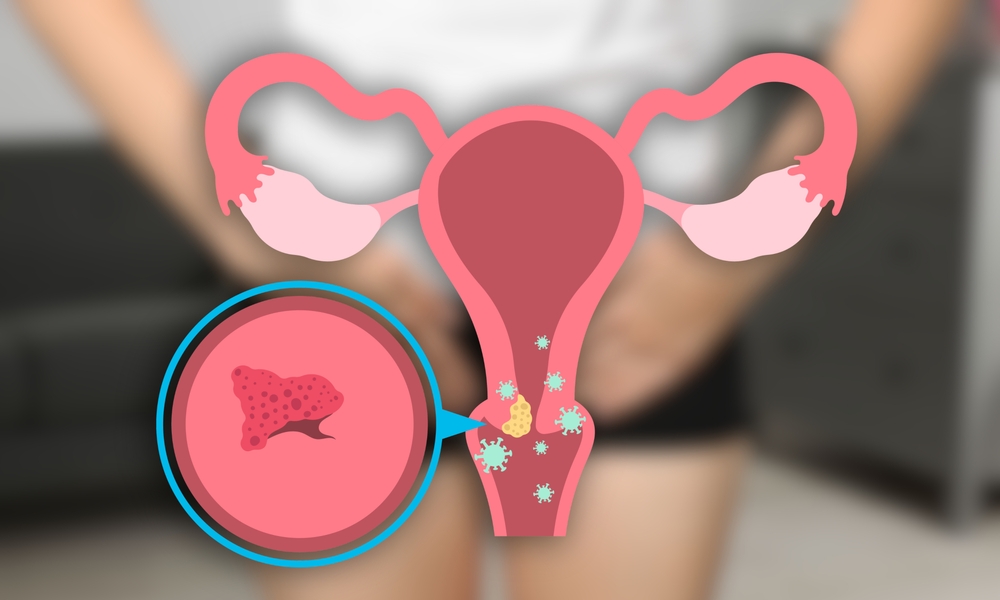
Although usually harmless, warts can cause cosmetic concerns and discomfort. Wart treatments vary depending on the type, size, and location of the warts. These treatments aim to remove warts and prevent their recurrence and spread.
There are several types of warts, each with distinct characteristics. Below are the most common types of warts:
Common warts (verruca vulgaris) are typically found on the hands and fingers and have a rough, raised surface. Plantar warts develop on the soles of the feet and can be painful when walking. Flat warts (verruca plana) are small, smooth, and often appear on the face, neck, and hands. Genital warts are sexually transmitted and found in the genital area. Filiform warts often appear around the eyes.
Each type of wart may require different treatment methods. Common warts are often treated with topical treatments or cryotherapy, while plantar warts may require more complex treatments. Genital warts are typically treated under medical supervision, and it is important to treat both sexual partners. Correctly identifying the type of wart is crucial for effective treatment.
Topical treatments are commonly used for wart removal. Creams and solutions containing salicylic acid soften the wart tissue, causing it to shed over time. These treatments usually need to be applied regularly for several weeks. Other topical medications include retinoid creams and creams containing imiquimod, which boost the immune response to help remove the wart.
The effectiveness of topical treatments varies depending on the type and location of the wart. For example, salicylic acid treatment can be effective for plantar warts, while imiquimod cream may be more suitable for genital warts. Topical treatments are simple, non-invasive methods that can often be used at home, though some may require medical supervision.
Cryotherapy involves freezing warts to treat them. During this procedure, liquid nitrogen is applied to the wart, causing the tissue to freeze and die. Cryotherapy is particularly effective for common and plantar warts. The procedure typically takes a few minutes, and multiple sessions may be required for complete removal. After cryotherapy, the treated area may swell, and the wart usually falls off within a few days.
Electrocautery uses an electric current to burn the wart. During this procedure, a low-voltage electric current is applied to the wart, destroying the tissue. Electrocautery reaches the wart's root, reducing the risk of recurrence. The procedure is performed under local anesthesia and takes a few minutes, depending on the wart's size. Cryotherapy and electrocautery are effective treatments that should be performed by a specialist in a clinical setting.
Laser treatment uses high-energy laser beams to destroy wart tissue. This procedure reaches the wart's root, providing an effective treatment and reducing the risk of recurrence. Laser treatment is particularly suitable for warts that do not respond to other treatments. The procedure is performed under local anesthesia and takes a few minutes, depending on the wart's size.
Surgical methods are used for large and resistant warts. These methods include curettage (scraping off the wart) and excision (surgical removal of the wart). Surgical methods are usually performed under local anesthesia, ensuring complete removal of the wart. Although highly effective, surgical methods may have a longer recovery time and a risk of scarring.
Preventing wart recurrence involves maintaining good hygiene and strengthening the immune system. Regularly cleaning the areas affected by warts reduces the risk of infection. Avoiding direct contact with others and not sharing personal items also helps prevent the spread of warts. Strengthening the immune system through a balanced diet, regular exercise, and adequate sleep is important.
HPV vaccines are effective in preventing certain types of warts. Vaccines are particularly recommended for preventing genital warts and other HPV-related diseases. Following wart treatment, regular doctor visits and consistent follow-up care reduce the risk of recurrence. Treating warts early helps prevent their spread and complications. For detailed information about wart treatments, please contact EMPCLINICS.
Some treatment methods, especially surgical or laser treatments, may leave minor scars. Cryotherapy and chemical treatments typically result in less scarring.
While warts are generally harmless, they can cause discomfort, itching, or cosmetic concerns. Some warts can be painful and may spread, so treatment is important.
Warts can spread through direct skin contact or by touching surfaces contaminated with the wart virus. Cuts, abrasions, or other skin injuries increase the risk of transmission.